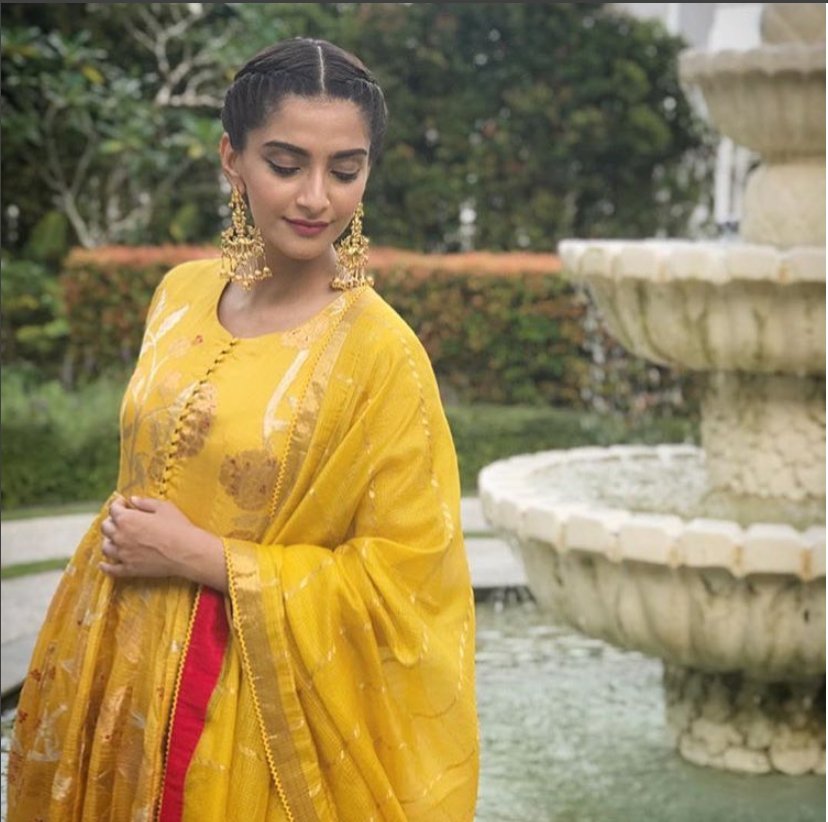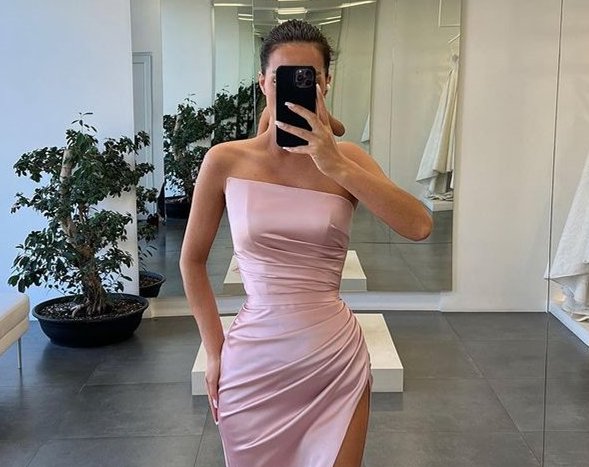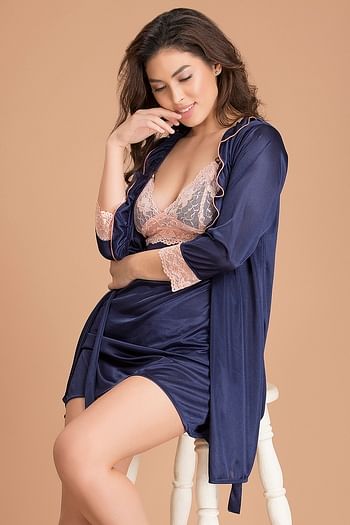In the ever-evolving world of fashion, 2023 is marked by a significant shift towards sustainability and ethical practices. As awareness of environmental concerns grows, consumers are demanding fashion that not only looks good but also does good. This year’s sustainable fashion trends showcase innovative designs, eco-friendly materials, and conscious consumer choices that reflect a commitment to both style and the planet. Let’s delve into the exciting sustainable fashion trends that are making waves in 2023.
- Circular Fashion
Circular fashion is gaining traction as a pivotal sustainable fashion trend. This approach focuses on creating a closed-loop system where garments are designed to be easily recycled or repurposed at the end of their life cycle. Brands are embracing circularity by using biodegradable fabrics, simplifying garment construction for easier disassembly, and implementing take-back programs.
- Eco-Friendly Materials
In 2023, the spotlight is on sustainable and innovative materials. Brands are exploring plant-based alternatives like Piñatex (made from pineapple leaves) and Mylo (created from mushroom mycelium) to replace traditional leather. Recycled materials, including regenerated nylon and polyester, are being used to create high-quality clothing, reducing the demand for virgin resources.
- Minimalist Wardrobe
The minimalist wardrobe concept aligns perfectly with sustainable fashion trends. Consumers are adopting a “less is more” mentality, investing in versatile and timeless pieces that can be mixed and matched. This approach reduces the need for frequent shopping and encourages the creation of a long-lasting, curated collection of clothing.
- Zero-Waste Designs
Zero-waste fashion is revolutionizing the industry by reimagining garment patterns to minimize fabric waste. Designers are getting creative with techniques like draping, origami-inspired folding, and modular construction. These methods result in garments that use fabric efficiently, leaving little to no waste behind.
- Vintage and Second-Hand Shopping
Vintage and second-hand shopping continue to gain popularity as consumers seek unique pieces while reducing their fashion footprint. Thrift stores, consignment shops, and online platforms are providing a space for pre-loved fashion to shine. This trend not only supports circular fashion but also adds a touch of individuality to one’s style.
- Transparency and Traceability
Consumers are becoming more conscious of the origins of their clothing. Brands that prioritize transparency by sharing information about their supply chains, manufacturing processes, and labor practices are gaining trust among eco-conscious shoppers. Ethical certifications and third-party verification also contribute to building credibility.
- Local and Artisanal Craftsmanship
Sustainable fashion trends are turning the spotlight back to local artisans and craftsmanship. Supporting local businesses reduces the carbon footprint associated with transportation and fosters a connection between consumers and the makers of their clothing. Handcrafted garments showcase unique details and promote traditional techniques.
- Conscious Consumerism
Conscious consumerism involves making mindful choices about clothing purchases. Consumers are opting for quality over quantity, investing in pieces that align with their values and have a lasting impact. By embracing this trend, individuals contribute to reducing overconsumption and waste.
- Digital Fashion
As technology continues to advance, digital fashion is emerging as an innovative sustainable trend. Virtual garments and accessories allow for creative expression without the environmental impact of physical production. This trend also challenges the concept of ownership, as digital fashion can be easily shared and reused.
- Upcycling and DIY Fashion
Upcycling and do-it-yourself (DIY) fashion are empowering consumers to transform existing garments into new creations. Old jeans become trendy denim skirts, and oversized shirts are turned into stylish dresses. This trend encourages resourcefulness and reduces textile waste.
Conclusion
2023 is an exciting year for sustainable fashion, with trends that embrace ethical practices, conscious choices, and innovative designs. Circular fashion, eco-friendly materials, and minimalist wardrobes are reshaping the way we approach clothing. By supporting zero-waste designs, second-hand shopping, and local craftsmanship, consumers are driving positive change in the industry. As transparency and digital fashion gain ground, the future of fashion looks brighter, more stylish, and more sustainable than ever.
Incorporate these sustainable fashion trends into your wardrobe and become part of the movement towards a more ethical and eco-conscious fashion landscape.
Image Source: Pexels
Latest Posts:
13 Stunning Outfit Ideas to Try Right Now
Priyanka Chopra in Vivienne Westwood
Madhuri Dixit in Gauri & Nainika
Rakul Preet in Catwalk Couture











I am really interested in thrifting more. So many great ways to go sustainable with fashion now!
https://www.kathrineeldridge.com